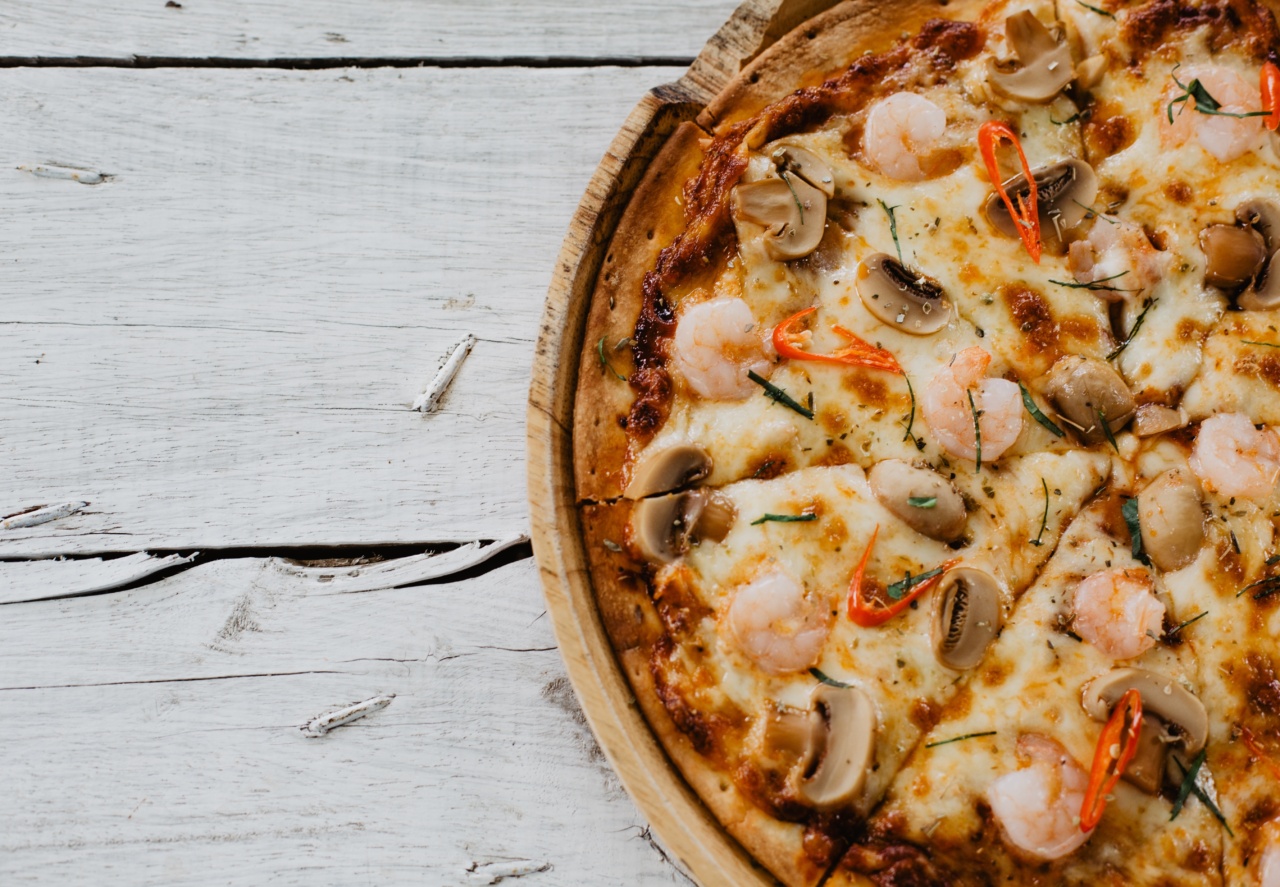Fasting is a practice that has been followed by various cultures and religions for centuries. It has proven benefits for both physical and mental health, such as weight loss, improved brain function, and increased longevity.
While fasting typically means abstaining from food for a certain period, it doesn’t have to be a daunting experience. In fact, with the right approach and preparation, you can elevate your fasting experience by enjoying delectable meals that not only nourish your body but also satisfy your taste buds.
In this article, we will explore how you can make your fasting journey more enjoyable with delicious and nutritious meals.
Understanding Different Fasting Methods
Before diving into the world of fasting-friendly meals, it’s important to understand the various fasting methods available. The most popular ones include:.
1. Intermittent Fasting
Intermittent fasting involves cycling between periods of eating and fasting.
Common approaches include the 16/8 method (fasting for 16 hours and eating within an 8-hour window), the 5:2 method (eating normally for five days and restricting calories to 500-600 on the other two days), and the eat-stop-eat method (fasting for 24 hours once or twice a week).
2. Water Fasting
Water fasting, as the name suggests, involves consuming only water for a predetermined period. It is considered one of the most challenging fasting methods and typically requires supervision and careful planning to ensure safety and effectiveness.
3. Juice Fasting
Juice fasting involves consuming only freshly squeezed juices made from fruits and vegetables.
This method provides some nutrients while still allowing your digestive system to take a break, making it a popular choice for those who find water fasting too extreme.
4. Modified Fasting
Modified fasting allows for some calorie intake during the fasting period. It usually involves consuming a limited amount of low-calorie foods, such as fresh produce, soups, or smoothies.
This approach can be more sustainable for some individuals and may help ease the transition into a full fast.
Tips for Creating Delectable Fasting Meals
Now that you have a better understanding of the different fasting methods, let’s explore some tips for creating delectable meals that will make your fasting experience more enjoyable:.
1. Incorporate a Variety of Fresh Ingredients
When preparing meals during your eating window, focus on incorporating a wide range of fresh ingredients. Opt for colorful fruits and vegetables, lean proteins, whole grains, and healthy fats.
This will not only make your meals visually appealing but also ensure you’re getting a balanced mix of essential nutrients.
2. Experiment with Different Flavors and Spices
Just because you’re fasting doesn’t mean you have to skimp on flavor. Experiment with different herbs, spices, and condiments to add depth and complexity to your meals.
From aromatic spices like cumin and turmeric to tangy vinegars and citrus juices, the possibilities are endless.
3. Prioritize Lean Proteins
Protein is an essential macronutrient that helps preserve muscle mass and keeps you feeling satiated during the fasting period. Include lean sources of protein such as chicken, turkey, fish, tofu, or legumes in your meals.
These options are not only delicious but also provide a good dose of amino acids and other nutrients.
4. Don’t Forget About Healthy Fats
Healthy fats, such as avocado, nuts, seeds, and olive oil, are crucial for maintaining optimal health. They also add richness and flavor to your meals.
Incorporate these fats in moderation to ensure you’re getting the necessary nutrients while still respecting your fasting routine.
5. Embrace Whole Grains and High-Fiber Foods
Whole grains and high-fiber foods are excellent choices for keeping your energy levels stable and promoting healthy digestion. Opt for options like quinoa, brown rice, whole wheat bread, and a variety of vegetables.
These foods will not only make your fasting meals more satisfying but also contribute to your overall well-being.
6. Meal Prep for Convenience
Whether you’re following intermittent fasting or any other fasting method, meal prepping can be incredibly helpful. Dedicate some time each week to plan and prepare your meals in advance.
This way, when it’s time to break your fast, you’ll have delicious and nutritious meals ready to enjoy without any hassle or temptation to deviate from your fasting routine.
7. Explore Fasting-Friendly Recipes
With the increasing popularity of fasting, there is a wealth of resources available online that provide fasting-friendly recipes.
Browse through cookbooks, websites, and social media platforms to discover new and creative recipes specifically tailored for different fasting methods. These recipes often focus on maximizing flavor and nutrition while adhering to your fasting routine.
8. Stay Hydrated
Hydration is important during fasting to prevent dehydration and support your overall well-being. Make sure to drink plenty of water, herbal teas, and other non-caloric beverages throughout the day.
You can also infuse your water with slices of citrus fruits, berries, or mint leaves to add a refreshing twist.
9. Practice Mindful Eating
During your eating window, practice mindful eating to fully savor the flavors and textures of your meals. Slow down, chew your food thoroughly, and appreciate each bite.
This not only enhances your dining experience but also helps regulate your appetite and prevents overeating.
10. Listen to Your Body
Lastly, remember that everyone’s fasting journey is unique. Pay attention to how your body responds to the fasting method you’re following and adjust your meals accordingly.
If certain ingredients or foods make you feel uncomfortable or disrupt your fasting experience, make the necessary modifications. The key is to find a balance that works best for you and to prioritize your overall well-being.






























